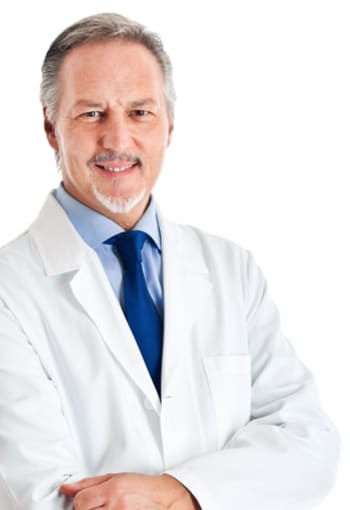Culture of Safety in the OMS Office
At its core, a culture of safety in the oral and maxillofacial surgery office means patient safety is the number one priority. The policies and actions of the doctors and staff in the practice are concentrated on that primary objective.
Patient safety is the No. 1 priority
Development of and adherence to a culture of safety is not a promise of perfection but reflects a commitment to empowering all team members to be a part of preventing and, when necessary, recognizing and managing adverse events. While the culture acknowledges human beings are all capable of making mistakes, it further holds they are capable of recognizing their errors and identifying ways to prevent them from happening in the future.
Through team meetings, self-reporting and an environment that encourages collaborative thinking, oral and maxillofacial surgeons (OMS) are trained to identify errors, understand their causes, and take prompt action to prevent reoccurrence. The objective of the culture of safety is to be proactive with the goal of minimizing the chances of untoward events from occurring.
Defined by the Centers for Disease Control and Prevention as “the shared commitment of management and employees to ensure the safety of the work environment,” a culture of safety is created by taking certain essential steps:
- Assess the operations that currently exist in the practice: which systems or activities are working and which are not; develop techniques for improving problem areas; implement improvements; and evaluate the effectiveness of each improvement.
- Promote the team concept and ensure each member understands his or her role and how it interconnects with other team members. Cross-training and collaboration are important so members learn to appreciate the roles and abilities of others and make intelligent judgments regarding who should lead a particular activity.
- Employ systematic reporting and monitoring procedures to help identify potential errors or pitfalls that may result in an adverse healthcare situation. To prevent a similar situation, staff should be encouraged to voluntarily report or discuss systemic problems.
- Create a culture of transparency, empowering staff to discuss problems without fear of reprisal. Ensure there is an honest acceptance of human error – whether actual or potential – and a commitment to rectifying problems.
- Establish accountability. Accountability is often confused with culpability. In the context of a culture of safety, accountability is a way of ensuring everyone involved in the team – from the OMS to the receptionist, including the patient/caregiver – is aware of their personal responsibility to strive for safety at all times.
The culture of safety concept was first conceived by the aviation industry. In the 1970s, the industry suffered a number of accidents attributable to human error. In response, the industry changed its standards and operations. By implementing cross-training, checklists and better communication channels for now-empowered crew members, the safety record of the aviation industry today is enviable. Because of that success, healthcare – particularly hospital organizations – looked to the aviation industry for examples when deciding to formulate its own culture of safety.
In a report issued by the Institute of Medicine, To Err Is Human: Building a Safer Health System, which concludes, “The majority of medical errors do not result from individual recklessness or the actions of a particular group – this is not a ‘bad apple’ problem. More commonly, errors are caused by faulty systems, processes and conditions that lead people to make mistakes or fail to prevent them.”
With hospitals adapting and implementing many of aviation’s practices, the number of serious adverse events has declined. Surgeons in hospitals adopting these practices are now used to such procedures as a “timeout” before making an incision to review the correct procedure is done on the correct patient and making certain the operative site is well-marked while the patient is awake to ensure the correct site of surgery is identified. These are in addition to such time-honored practices as conducting pre-closure needle and sponge counts and strictly adhering to sterile techniques.
In many ways, oral and maxillofacial surgery offices are microcosms of hospital surgery centers. Complex surgical and anesthetic procedures are regularly conducted there and yet, despite the similarities, relatively few serious patient injuries occur. However, even in the best-managed facility, the unexpected can happen. Many OMSs have found that by reassessing the way their teams respond to unexpected situations, they can in fact reduce the number of adverse events that could potentially impact patient care.
Patients play a vital role in the culture of safety
Patients also play a vital role in maintaining the culture of safety, especially with regard to communication. Do not be shy or embarrassed to share information. Be forthcoming about your medical history and the drugs and supplements you take, whether prescription, over-the-counter or even illicit. Your proper treatment and your safety depend on it.
Follow your doctor’s preoperative and postoperative instructions. They are meant to make the procedure and your recovery easier for you.
Do not hesitate to ask questions about anything and everything that is not clear to you. Your oral and maxillofacial surgeon wants you to understand and be comfortable with the treatment you receive. By fulfilling your role and partnering with your OMS throughout your care, you promote the culture of safety and the delivery of quality care.


